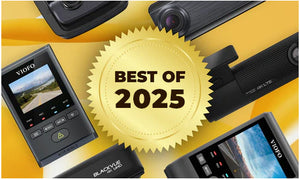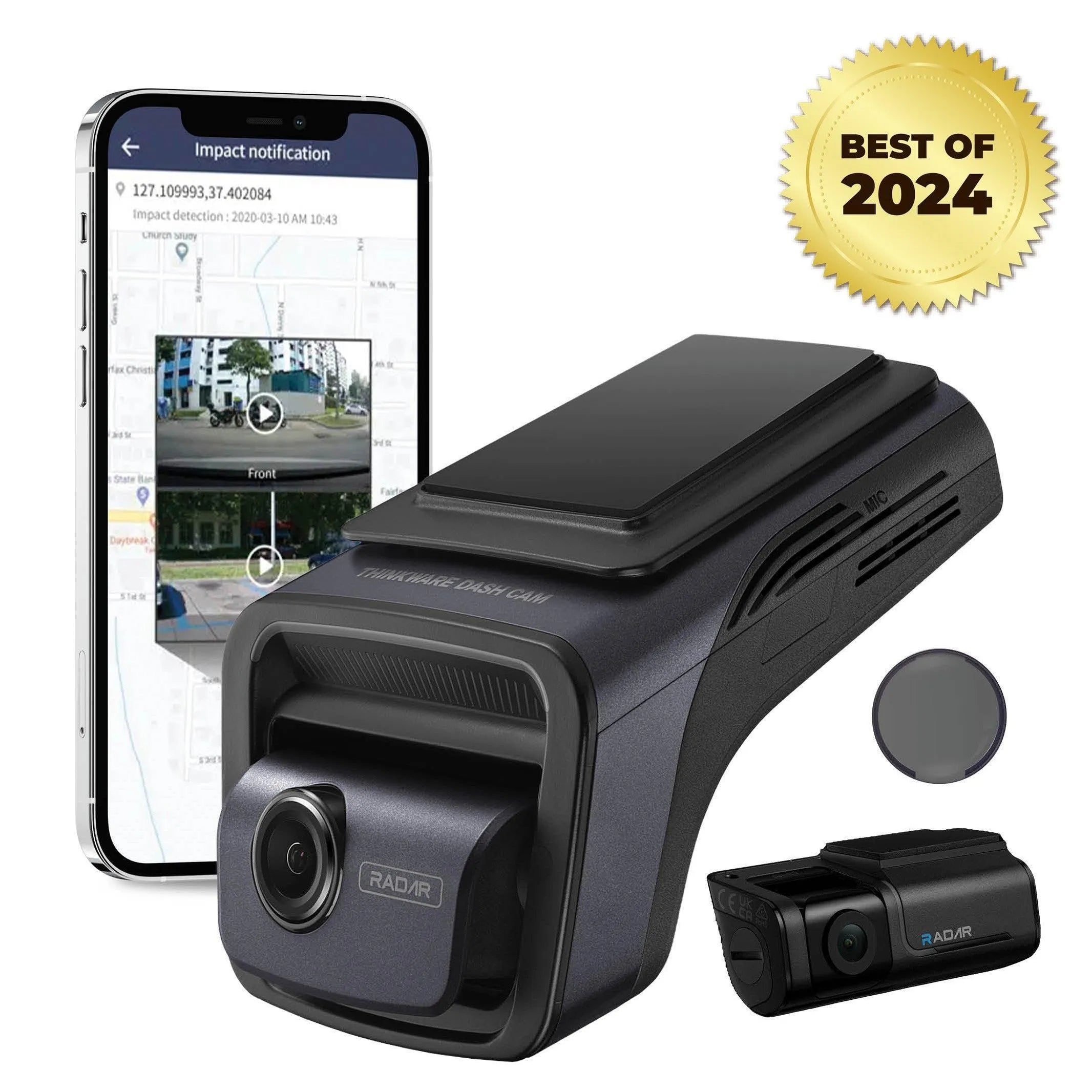We appreciate how they upgraded their lenses, but we also want to acknowledge the advancements they have made for these dash cams’ parking modes, especially for the U3000. We are fans of Thinkware’s Parking Mode recording features – with new Smart Parking and Energy Saving mode options.
First and newest, the U3000 now has a Smart Parking Mode feature. This one is designed to protect your vehicle and prevent heat-related damage - reminds us of that AI Heat Monitoring feature in the FineVu GX1000 that we thought was extremely innovative and useful. So, if the temperature inside your car becomes too high or too low during Parking mode, the U3000 will automatically switch to a low-power mode. This means it will only record incidents triggered by impacts until the temperature is safe to resume Motion Detection or Timelapse Parking mode.
While Thinkware has energy-saving mode 2.0 in previous models, there have been unique improvements for it in the Thinkware U3000. When activated, Thinkware’s Energy Saving Parking mode saves a 20-sec video clip only after an impact has been detected. This allows the U3000 to reduce its power consumption and remain in Parking mode for a longer duration.
On top of that, the Thinkware U3000 also adds a built-in RADAR sensor to its unit, enabling energy-saving mode 2.0. Yup, it is what you’re thinking — that external RADAR module that costs more is now built-in to the U3000. This means that when a person or vehicle is detected in a low-power recording situation, the U3000 immediately wakes up and starts recording. Best of all, it’s not just equipped in the front cam, but on the rear camera as well, an industry first. There’s a lot to say about the U3000’s recording modes – the features, old and new, are crucial in keeping the dash cam’s life protected. We also love how Thinkware’s made parking mode activation more convenient by including an OBD-II power cable in every package. If you wish to hardwire it, you can still get a separate Thinkware hardwiring kit.
Comparing them, we think that VIOFO’s parking mode options are much more standard. Just like the previous VIOFO models, the A139 Pro still carries the standard parking mode capabilities – Auto-Event Detection with buffered recording, Low Bitrate Recording, and Time-Lapse Recording. Still, the A139 Pro does have an advantage in parking mode, that being that it can have all 3 cameras on the lookout for incidents at once. Still, recording 3 cameras in parking mode will increase the power draw from the camera, on top of the difference between Thinkware’s more energy-efficient modes. To activate this, you have to purchase a separate HK3-C or HK4 hardwiring kit.
Overall, we are convinced that the Thinkware U3000 has more recording features to ensure your dash cam and car’s 24/7, all-year-long protection, highlighted by its new Smart Parking Mode and Energy Saving recordings.



